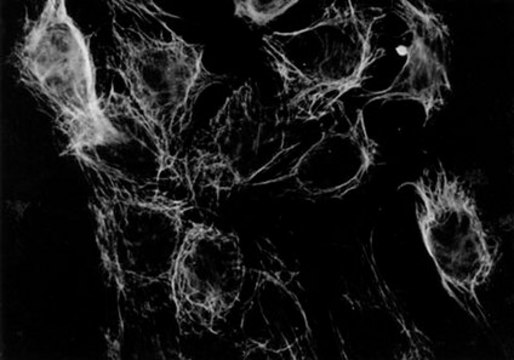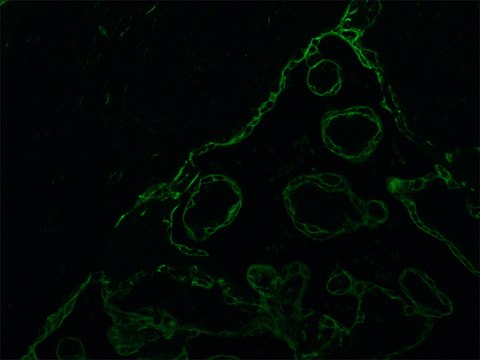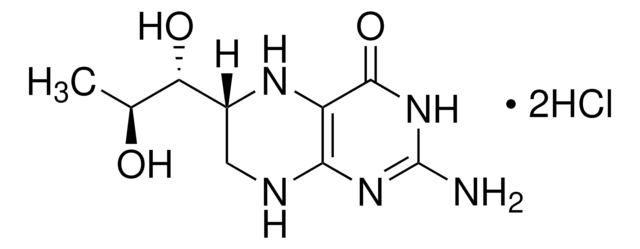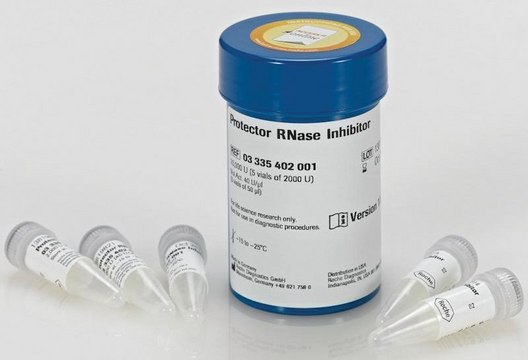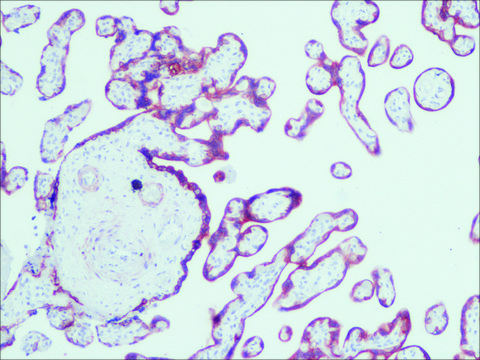C8541
Monoclonal Anti-Cytokeratin Peptide 18 antibody produced in mouse
clone CY-90, ascites fluid
Synonym(s):
Monoclonal Anti-Cytokeratin Peptide 18
About This Item
Recommended Products
biological source
mouse
Quality Level
conjugate
unconjugated
antibody form
ascites fluid
antibody product type
primary antibodies
clone
CY-90, monoclonal
contains
15 mM sodium azide
species reactivity
wide range
technique(s)
indirect immunofluorescence: 1:800 using formalin-fixed, paraffin-embedded sections of human tissue
western blot: suitable
isotype
IgG1
shipped in
dry ice
storage temp.
−20°C
target post-translational modification
unmodified
Looking for similar products? Visit Product Comparison Guide
General description
Specificity
Immunogen
Application
- immunofluorescence
- fluorescence microscopy
- confocal fluorescence microscopy
- immunolabelling
- histoblots
Biochem/physiol Actions
Disclaimer
Not finding the right product?
Try our Product Selector Tool.
Storage Class Code
10 - Combustible liquids
WGK
WGK 3
Flash Point(F)
Not applicable
Flash Point(C)
Not applicable
Regulatory Information
Choose from one of the most recent versions:
Certificates of Analysis (COA)
Don't see the Right Version?
If you require a particular version, you can look up a specific certificate by the Lot or Batch number.
Already Own This Product?
Find documentation for the products that you have recently purchased in the Document Library.
Our team of scientists has experience in all areas of research including Life Science, Material Science, Chemical Synthesis, Chromatography, Analytical and many others.
Contact Technical Service

